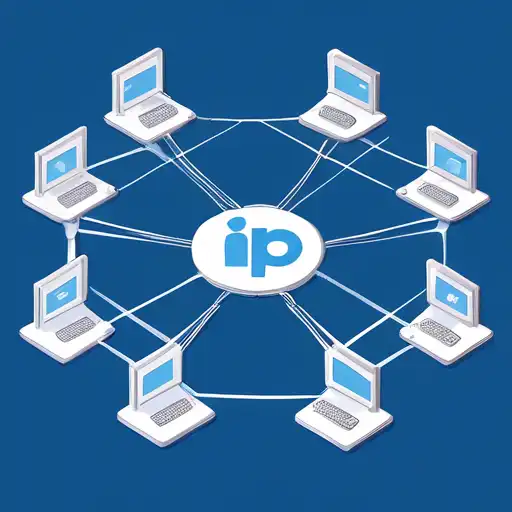Introduction to IP Addresses
In the digital world, IP addresses play a crucial role in connecting devices across the internet. An IP address, or Internet Protocol address, is a unique identifier assigned to each device connected to a network. This guide will walk you through the basics of IP addresses, their types, and how they facilitate communication between devices.
What is an IP Address?
An IP address is a numerical label assigned to each device participating in a computer network that uses the Internet Protocol for communication. It serves two main functions: identifying the host or network interface and providing the location of the host in the network.
Types of IP Addresses
There are two main types of IP addresses: IPv4 and IPv6. IPv4 addresses are 32-bit numbers, typically displayed in decimal format as four octets separated by periods (e.g., 192.168.1.1). IPv6 addresses are 128-bit numbers, designed to replace IPv4 due to the exhaustion of IPv4 addresses, and are displayed in hexadecimal format.
IPv4 vs. IPv6
While IPv4 supports about 4.3 billion addresses, IPv6 can support a virtually unlimited number of devices. This makes IPv6 essential for the future growth of the internet.
How IP Addresses Work
IP addresses enable devices to locate and communicate with each other on a network. When you send a request to access a website, your device uses the website's IP address to find and connect to the server hosting the site.
Public vs. Private IP Addresses
Public IP addresses are used on the internet, while private IP addresses are used within local networks. Your router assigns private IP addresses to devices within your home or office network, whereas your Internet Service Provider (ISP) assigns your public IP address.
Dynamic vs. Static IP Addresses
Dynamic IP addresses change over time and are assigned by the network when a device connects. Static IP addresses remain constant, making them ideal for hosting websites or services.
Finding Your IP Address
You can find your device's IP address through the settings menu on your device or by using online tools. Knowing your IP address can help with troubleshooting network issues.
Conclusion
Understanding IP addresses is fundamental for anyone looking to grasp networking basics. Whether you're setting up a home network or diving into the world of IT, knowing how IP addresses work will provide a solid foundation for further learning.
For more networking basics, check out our guide on Networking Basics.
